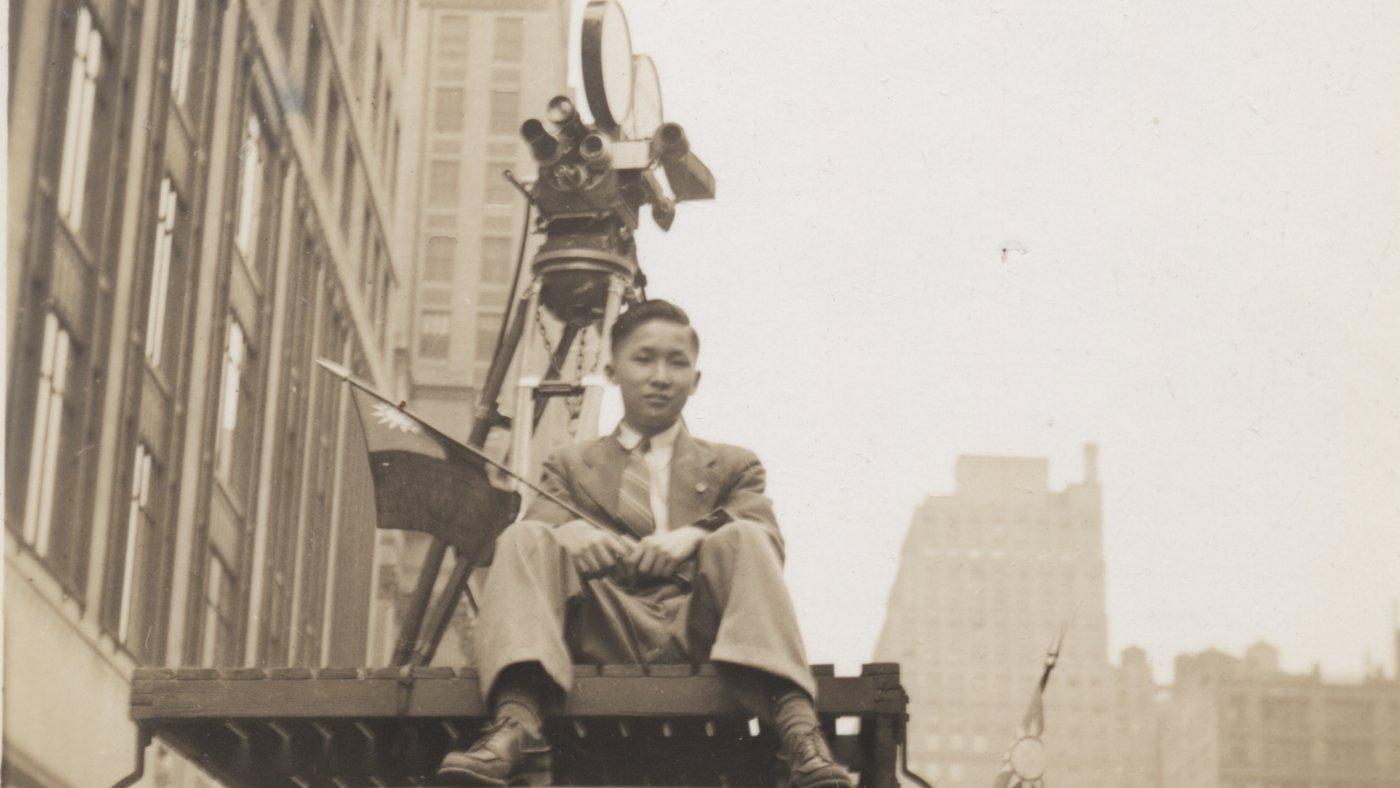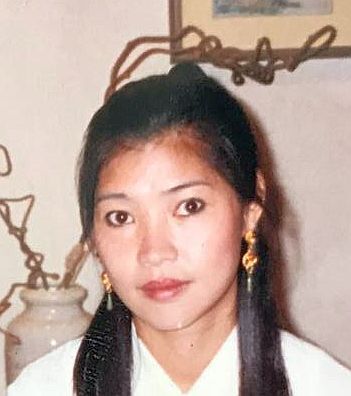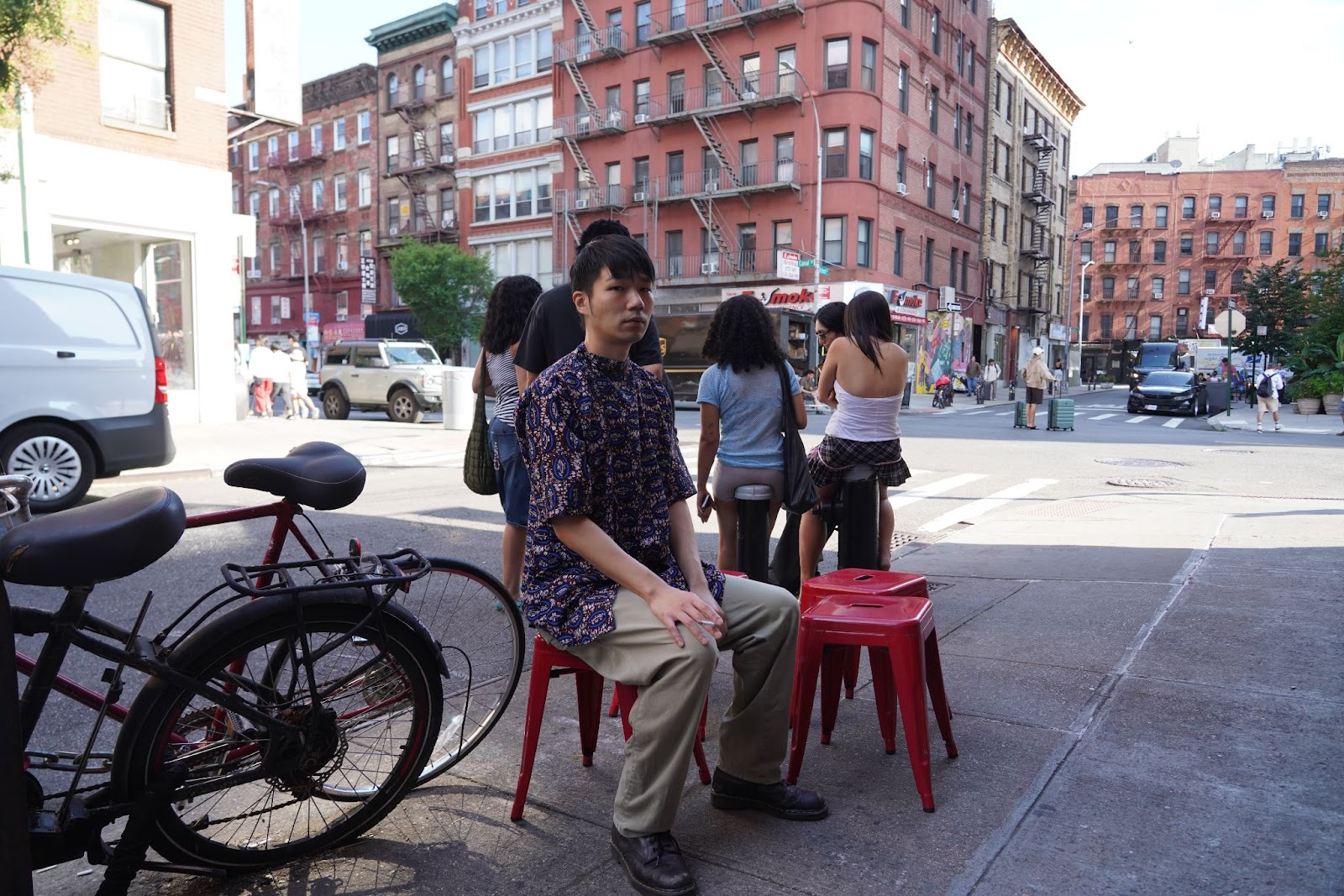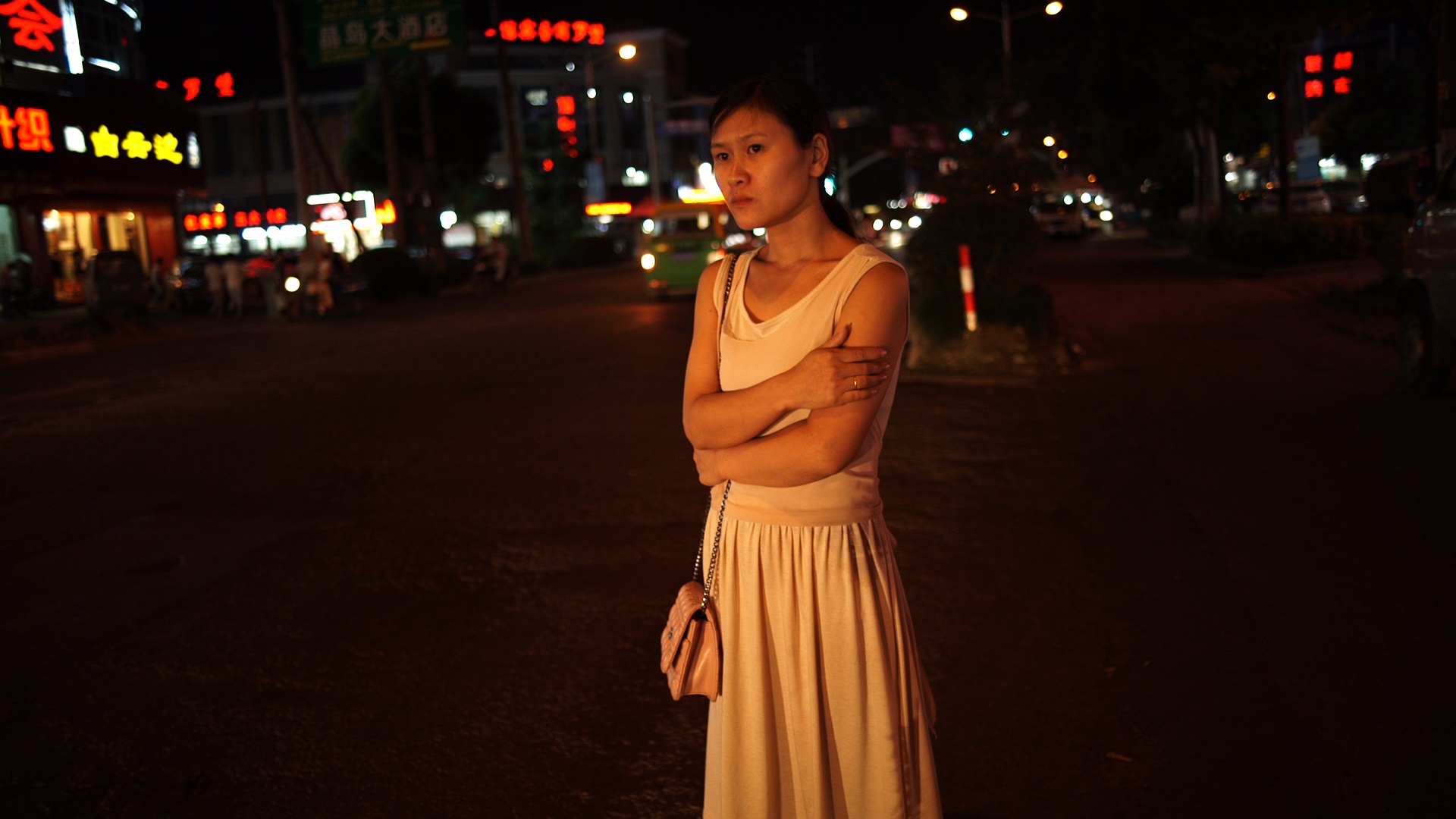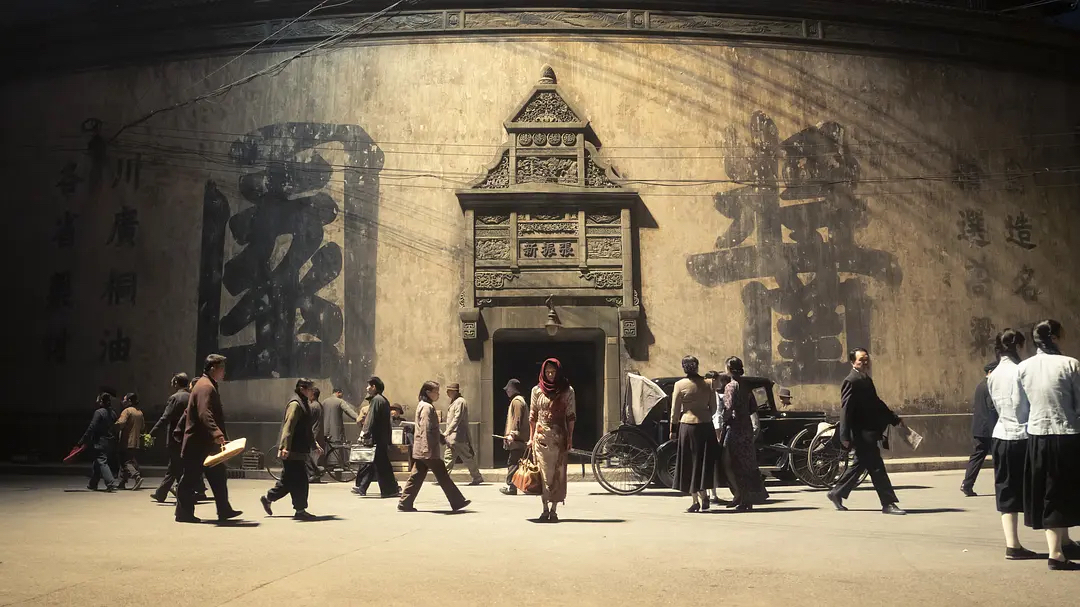In an era when Hollywood’s idea of Asian representation was yellowface and racist caricatures, the Lee family didn’t stand for the bullshit and launched America’s first Chinese American film studio—in 1920s Brooklyn.
Long before “representation matters” became a hashtag, Chinese Americans were battling Hollywood’s relentless stereotyping machine. When the Lee family and other community leaders approached the National Board of Review of Motion Pictures about the industry’s racist portrayals, they received what was essentially the 1920s equivalent of “die mad about it”—if they wanted better representation, they should make their own movies.
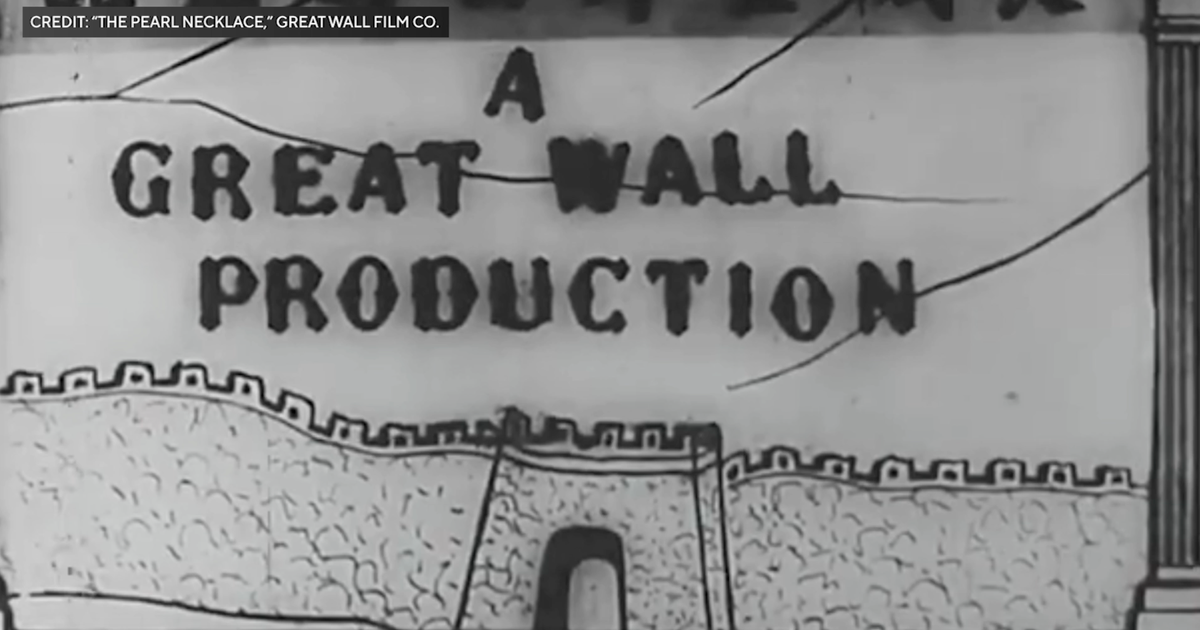
Most people would have walked away defeated. The Lees, however, took this dismissal as a challenge.
“The representations of Chinese and Asians in early Hollywood were really like kind of one-dimensional and really demeaning,” explained Herb Tam, Director of Exhibitions at the Museum of Chinese in America. “Their story is really reflective of kind of do-it-yourself mentality and entrepreneurialship within Chinese American communities.”
In 1921, Harold Lee and his uncle Lee Kee Do established the Great Wall Film Company in Brooklyn, creating one of America’s earliest Chinese American film studios. The facility wasn’t some small-scale operation—it was designed for full-scale movie production, creating silent films that spoke volumes about authentic Chinese American experiences.
While non-Asian actors continued to play misrepresentations of Asian characters across town, the Great Wall Film Company was showcasing genuine stories and faces that Hollywood refused to acknowledge.
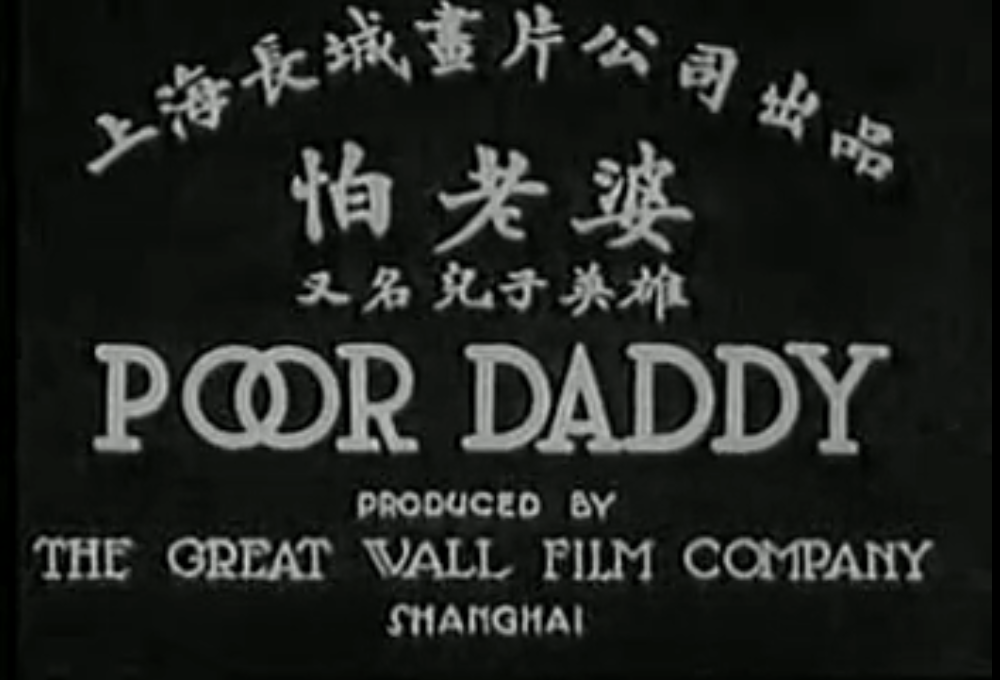
The Lee family’s cinematic ambitions didn’t stop in New York. By the late 1920s, they had expanded operations to Shanghai, producing two dozen films before the Great Depression brought this chapter to a close. Not content to disappear from the cultural landscape, the family pivoted, opening Manhattan’s Silver Star Theater on Park Row and continuing their mission to bring authentic Chinese cinema to American audiences.
The family’s media legacy continued through generations, with descendants working as newsreel cameramen, production designers, and TV executives—each carrying the torch lit by their ancestors who refused to accept Hollywood’s prejudiced status quo.
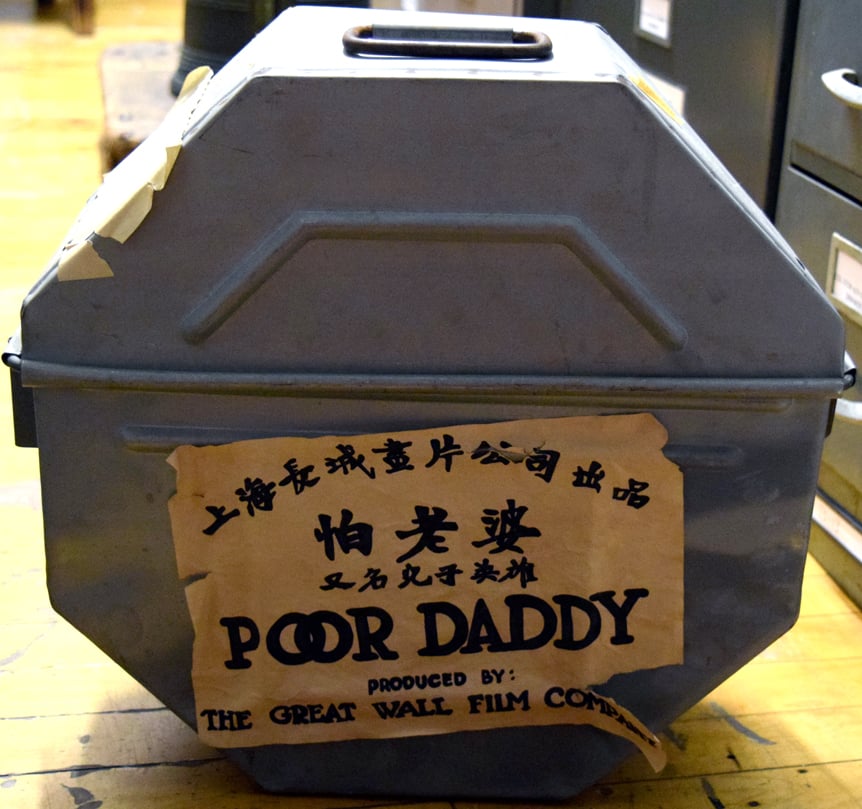
The Great Wall Film Company wasn’t just making movies—it was making history. At a time when Asian Americans were told to accept degrading portrayals or remain invisible, the Lee family created their own lens through which to view their community.
A century later, as Hollywood still struggles with authentic Asian representation, the Lee family’s revolutionary response to discrimination serves as both inspiration and indictment. They didn’t just complain about the system—they built their own, proving that sometimes the most powerful response to “make your own movies” is simply, “watch us.”

For more AAPI-related stories, like the one that showcases 5 insights into Asian and Pacific Islander presence within Hollywood, click here.
Cover image via NPR.

